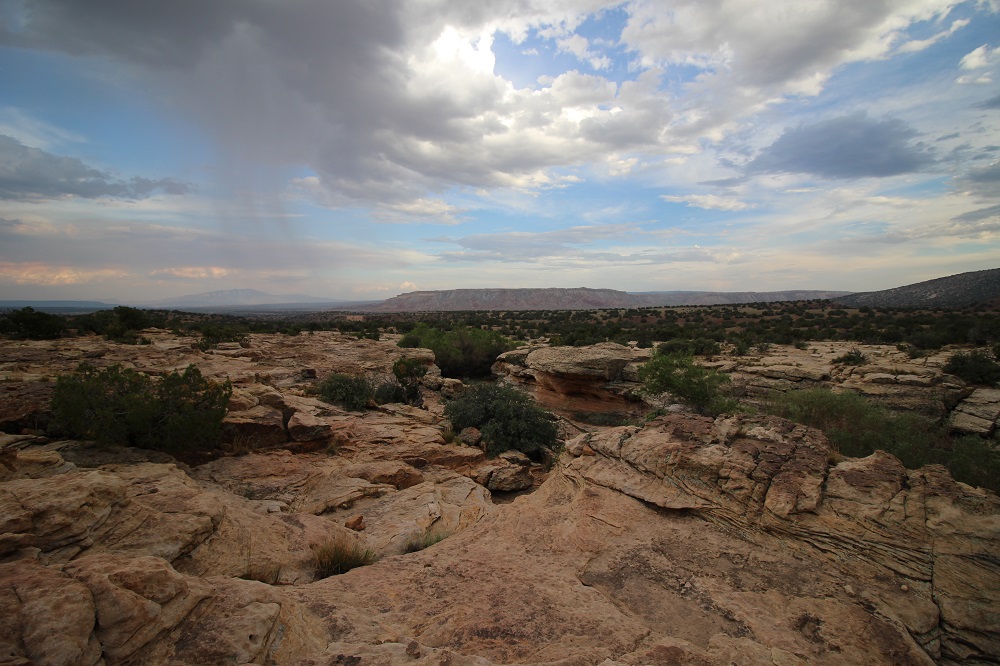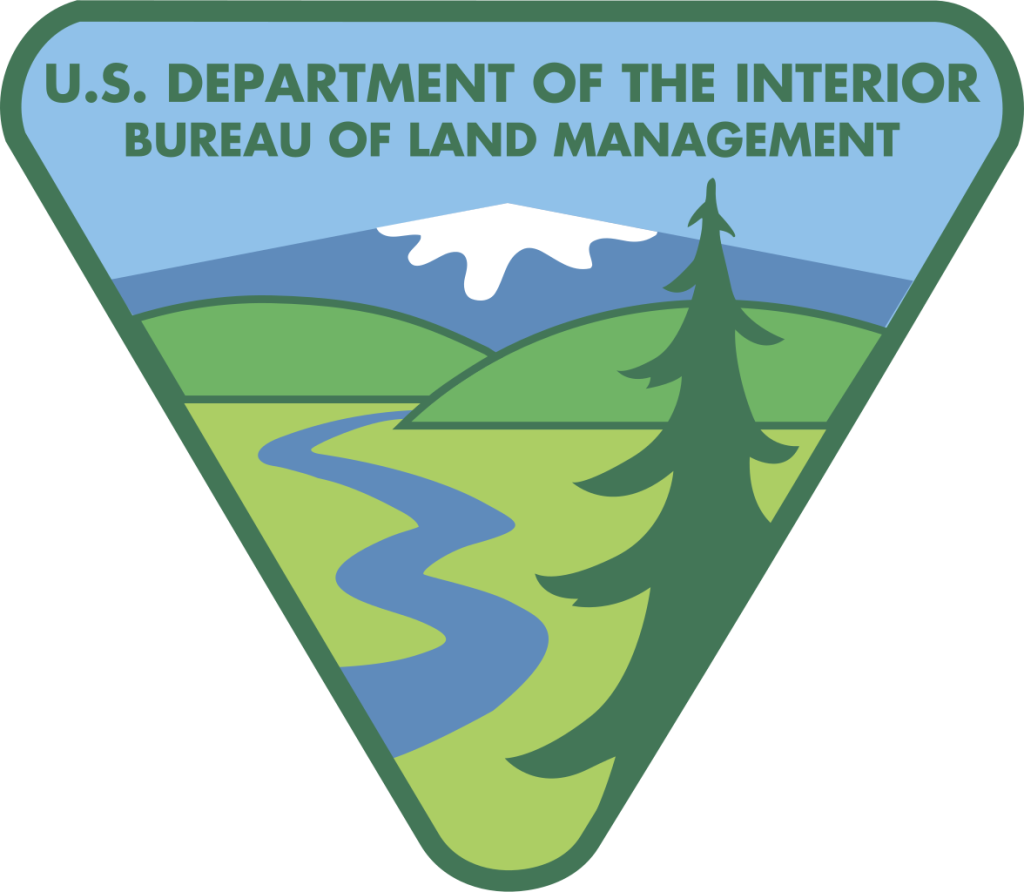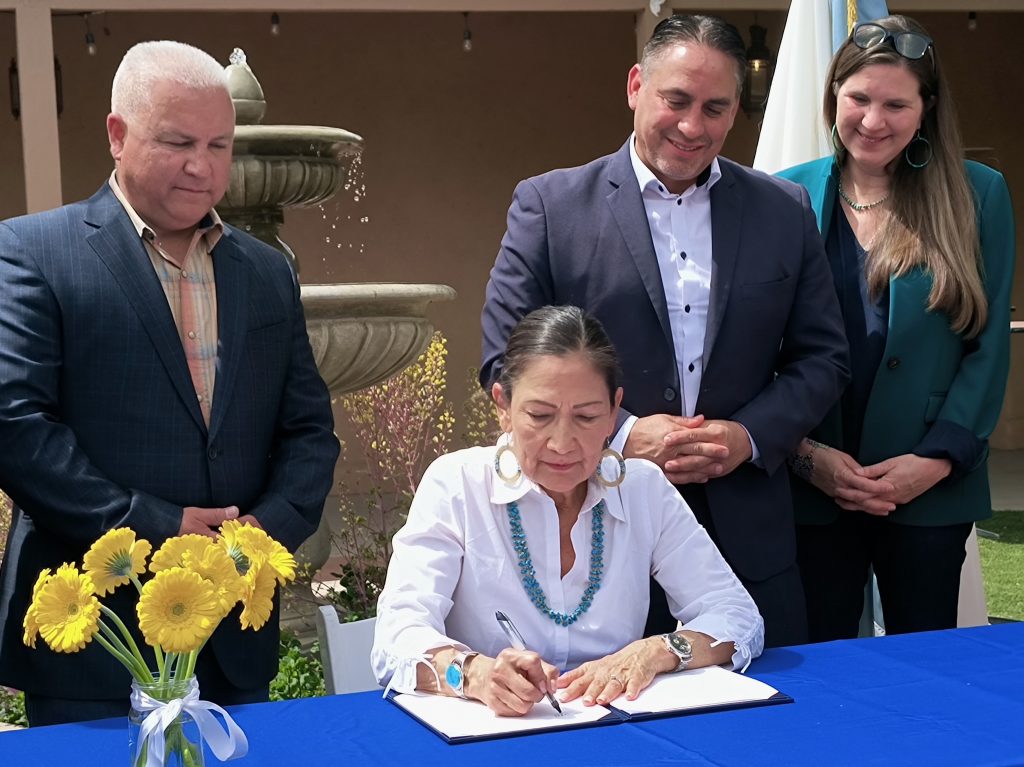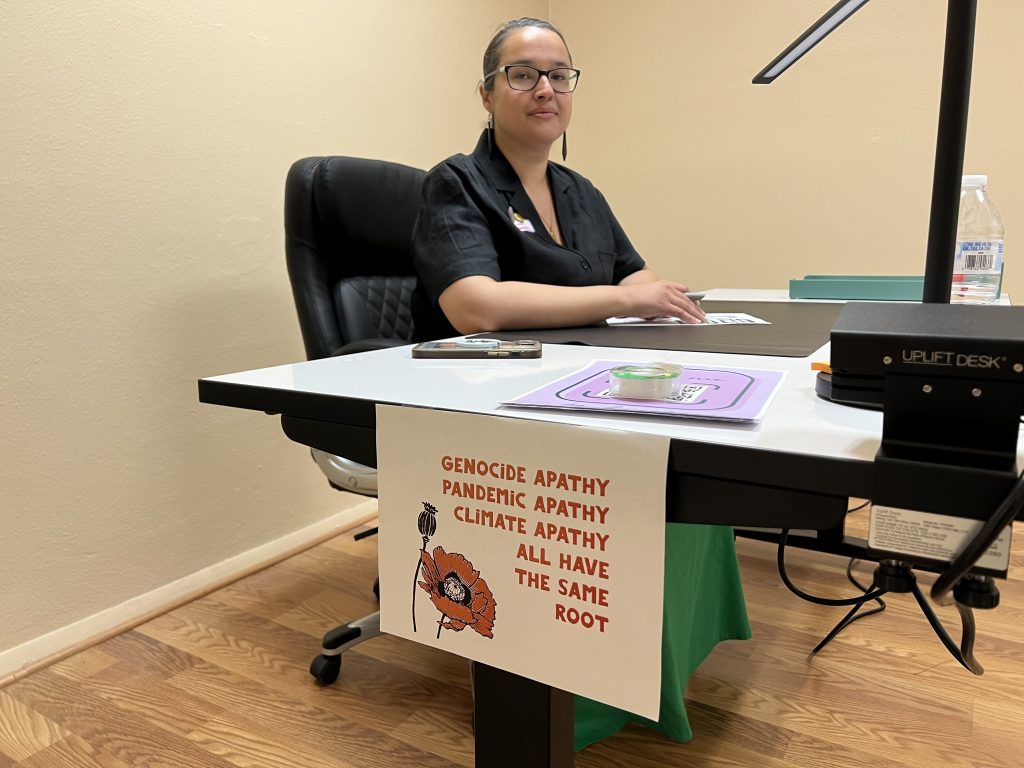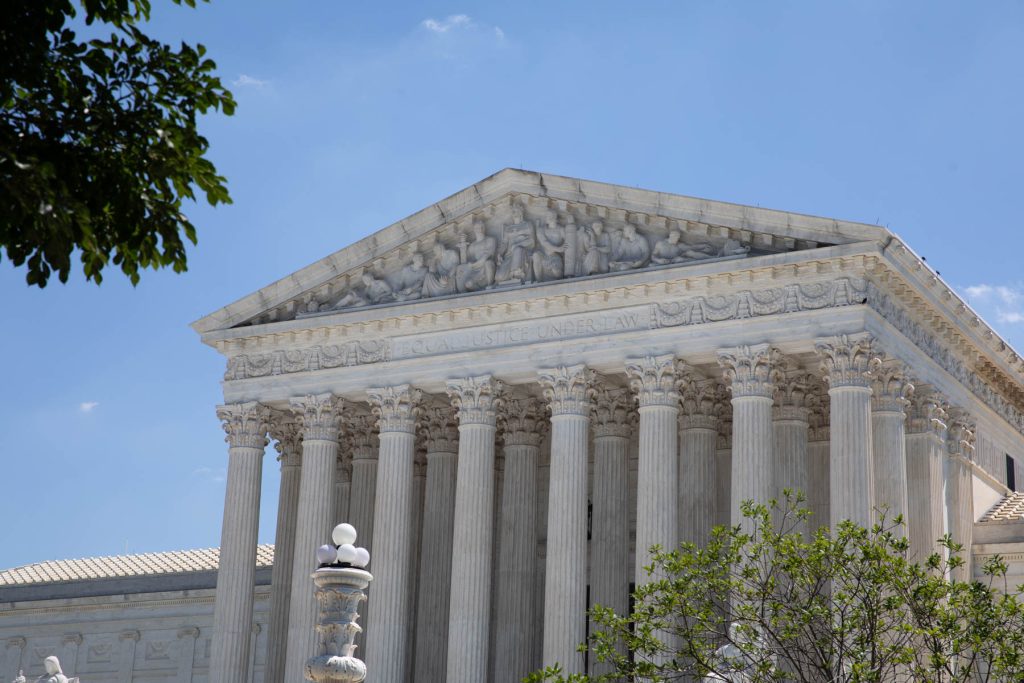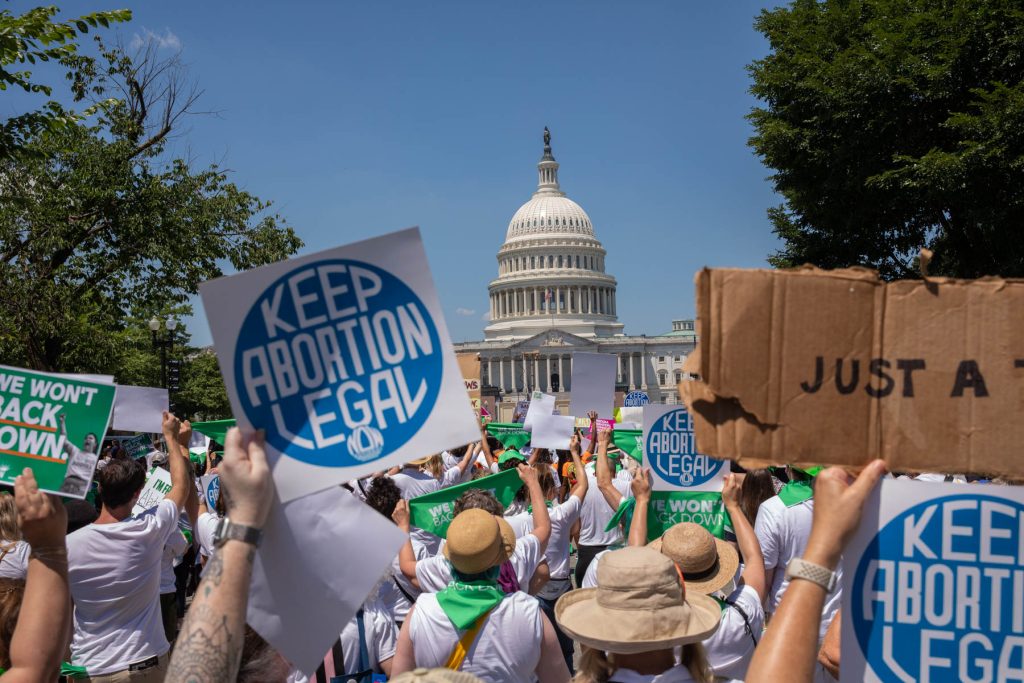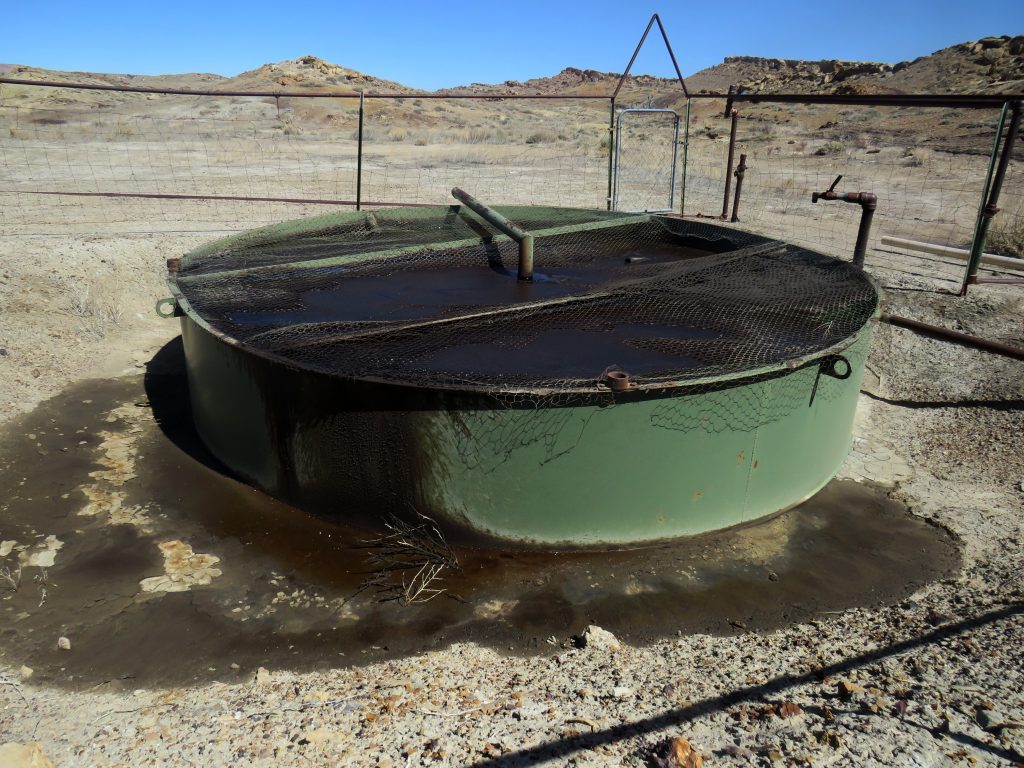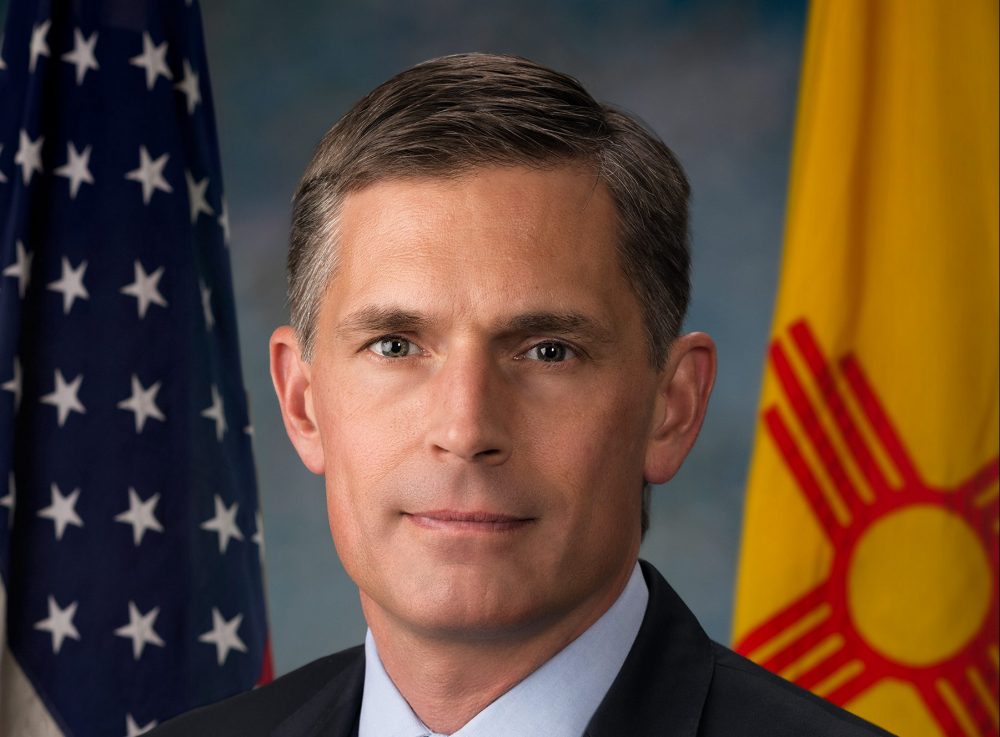-The Associated Press reported that the U.S. Bureau of Land Management decided to push back a lease sale in southeastern New Mexico that included parcels near Carlsbad Caverns National Park. To see more on that issue, check out the story we ran about the lease sale earlier this month.
Want to get the NM Environment Review in your email a day early? Sign up here!
-The Santa Fe New Mexican’s Rebecca Moss, as part of a reporting partnership with ProPublica, uncovered the Trump administration’s move to “inhibit independent oversight” of the nation’s nuclear facilities, including Los Alamos National Laboratory. It’s a must-read story for New Mexicans.
-The Las Cruces Sun-News reported that the Las Cruces City Council voted to formally opposed plans for a nuclear waste storage facility near Carlsbad and Hobbs. For information on how to add your two cents to that issue, keep reading.
-We already know who supported the Trump administration’s plans to diminish national monuments and who opposed them. But the Washington Post recently went through thousands of pages of email correspondence within Secretary Ryan Zinke’s Department of the Interior. The documents show that “as Zinke conducted his four-month review, Interior officials rejected material that would justify keeping protections in place and sought out evidence that could buttress the case for unraveling them.”
Interior officials didn’t release all those documents unredacted on purpose, and followed up with journalists and advocates, saying, “We are requesting that if you downloaded the files already to please delete those versions.” (That’s not, by the way, how the Freedom of Information Act works…)
According to the story:
The inadvertently released documents show that department officials dismissed some evidence that contradicted the administration’s push to revise national monument designations, which are made under the 1906 American Antiquities Act. Estimates of increased tourism revenue, analyses showing that existing restrictions had not hurt fishing operators and agency reports finding that less vandalism occurred as a result of monument designations were all set aside.
(That’s not, by the way, how federal reviews are supposed to work…)
-Interior also announced this week it will no longer require “compensatory mitigation” when developers, mining companies or the oil and gas industry damage wildlife and public lands. According to a story in Bloomberg:
The policy, being issued via an instruction memo Tuesday, comes as the agency has started to roll back parts of the Endangered Species Act as the Trump administration seeks changes to other bedrock environmental laws in a manner long sought by industry.
The change won’t affect “compensatory mitigation” programs at the state level, the department said. The Interior Department says it will still consider environmental impacts in vetting permits.
“We still in every decision we make say ‘Have we avoided impacts? Have we minimized impacts?’” Deputy Interior Secretary David Bernhardt said in an interview. “We will still do that but when it comes to doing compensatory mitigation off-site we will say that needs to be voluntary.”
-If you’re feeling the need to read more about Interior under Zinke, Rolling Stone has a story, too.
-The U.S. Department of Energy finalized a rule this week providing faster approval of applications for exports of natural gas, including liquified natural gas, from the United States. According to a press release from the agency:
Prior to this rule, for applications to export natural gas to non-free trade agreement countries, DOE had to conduct a public interest review before authorizing such exports. This final rule provides that DOE, upon receipt of any complete application to export natural gas (including LNG) to non-free trade agreement countries, will grant the application provided that the application meets two criteria: the application proposes to export no more than 51.75 billion cubic feet per year of natural gas, and the proposed export qualifies for a categorical exclusion under DOE’s National Environmental Policy Act (NEPA) regulations.
For applications meeting these criteria, the rule will consider such exports as “small-scale natural gas exports” deemed to be in the public interest under the Natural Gas Act. Exports of natural gas to countries with a qualifying free trade agreement are already deemed in the public interest under the Act.
This came to my attention via Colorado-based reporter Joshua Zaffos, who noted that the DOE’s Tweet announcing this included an interesting hashtag: #NewEnergyRealism
-The U.S. Nuclear Regulatory Commission’s public comment period for its scoping process on Holtec’s license for the HI-STORE Consolidated Interim Storage Facility, proposed for between Hobbs and Carlsbad, is open until July 30. Comments can be emailed to [email protected].
-To comment on a draft of New Mexico’s new state state water plan, visit the state’s website here. The comment period ends August 10.
-The U.S. Forest Service is also seeking public comment on a new inventory map for proposed wilderness areas in the Gila. For more information, read Benjamin Fisher’s story in the Silver City Daily Press and visit the Gila National Forest website.
-It’s amazing that I managed to bang out this email, because I’ve basically been watching and re-watching the videos people posted on social media of the Santa Fe River and local arroyos while a storm dumped more than three inches of rain in Santa Fe Monday night.
If your home was flooded, and you have carpet, flooring or other water-damaged items, call the city at (505) 955-6949 for special collection.
And if you, too, want to marvel over the flooding (and see what happens when we constrict channels and develop along floodplains), here and here are links to just two videos.
-This isn’t New Mexico-related, but you should definitely listen to a lovely radio piece by KUNC’s Luke Runyon about a riparian ecologist who makes music from river flow data.

